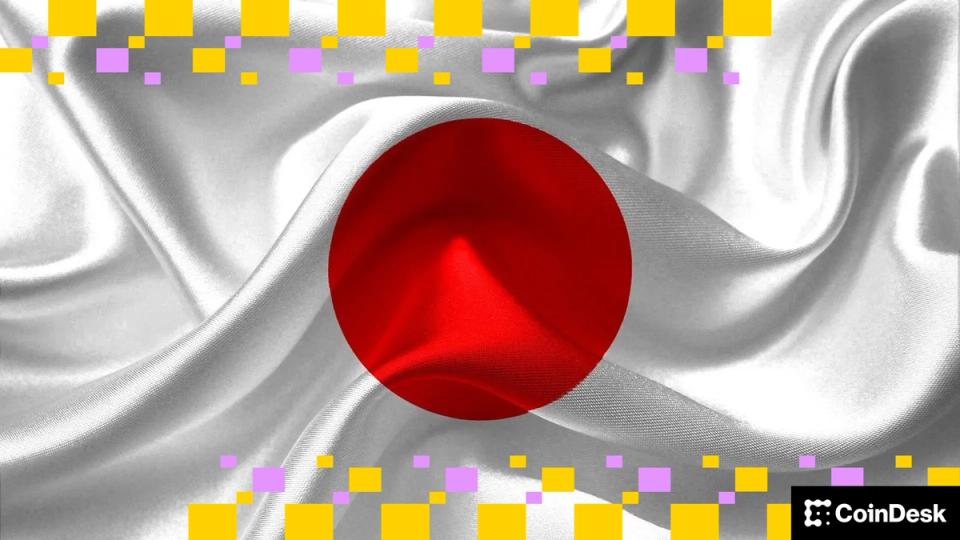Japan has done what its Asian peers cannot: launch a stablecoin that can circulate globally.
Japan’s JPYC today announced the world’s first yen-pegged stablecoin, a fully redeemable digital yen backed by domestic deposits and Japanese government bonds (JGB). The stablecoin issuer said it will not charge a transaction fee and instead generate income from interest on holdings of JGBs.
Here’s what makes it stand out from regional peers: Unlike the Korean won or Taiwanese dollar, both of which are onshore currencies under local law, Japan’s yen is freely convertible and can be used offshore.
Following reforms in the 1980s that dismantled Japan’s post-war capital controls, the yen became fully usable outside the country through the euro-yen market, where global banks and investors borrow, lend and trade the currency without restrictions – unlike South Korea’s won, which remains restricted to onshore use under strict exchange controls designed to limit offshore speculation.
There is a reason why the yen is one of the world’s most traded currencies.
Seoul’s winner-takes-all policy preserves monetary control, but leaves little room for a global stablecoin to breathe. A won-backed token would be limited to whitelisted Korean users and mostly domestic settlements, making it a niche product in a market where instant, free interbank transfers already exist.
Taiwan faces a similar bind. Its dollar is technically convertible but not used offshore. Introduced in June, Taipei’s stablecoin framework mandates onshore reserves and central bank reporting to prevent cross-border leakage. An NTD stablecoin could exist, but only on the island, deprived of the global liquidity that gives stablecoins their purpose.
Hong Kong is perhaps the exception. The HKD is pegged to the US dollar (within a band) and there are no restrictions on its use offshore. Effectively in itself it is a stablecoin, so one wonders why you wouldn’t just use a US dollar stablecoin instead.
The Bank of Japan’s openness to the global use of its currency is precisely what gives a yen stablecoin a reality beyond Japan’s domestic payments ecosystem.
With interest rates rising and Japanese government bonds yielding more than 3% over the long term, the launch couldn’t come at a better time. JPYC does not need to charge fees or chase speculative profits from its stablecoin as it can operate sustainably from the interest on its JGB reserves.
On-chain FX market
Daily global foreign exchange trading volume averages around $7 trillion, and reached a record high of $9.6 trillion per day in April this year, according to the BIS. In April, the USD was involved in 89% of all trades, while the Japanese Yen stood at 16.85%, making the USD/JPY pair one of the most traded currency pairs worldwide.
With both the US and Japan now regulating fiat-pegged stablecoins, there is great potential for a thriving on-chain USD/JPY market that pairs dollar- and yen-pegged stablecoins.
Such a pool would bring one of the world’s most traded currency pairs onto decentralized rails connecting two fully reserved, regulated fiat tokens.
If both sides achieve liquidity and redemption depth, it could form the backbone of Asian crypto settlement and mark the start of a true multi-currency stablecoin economy.
All this considered, one has to wonder if there is a demand for this. Euro stablecoins have been around for some time – the currency is designed to be supranational and used across borders – but the market capitalization of the largest is small.
The yen may have the legal clarity and convertibility that others lack, but whether global traders actually want another fiat-backed token beyond the dollar remains an open question.



